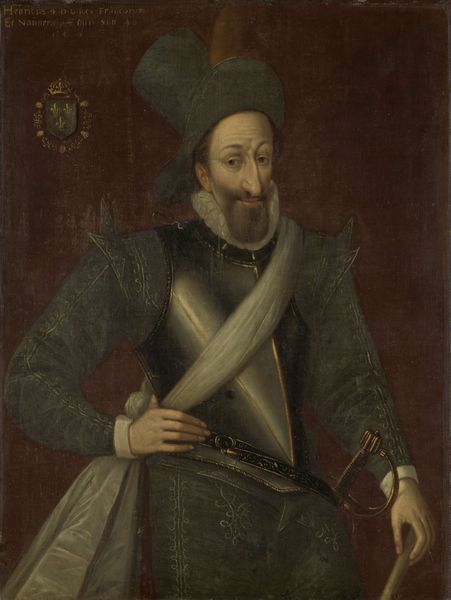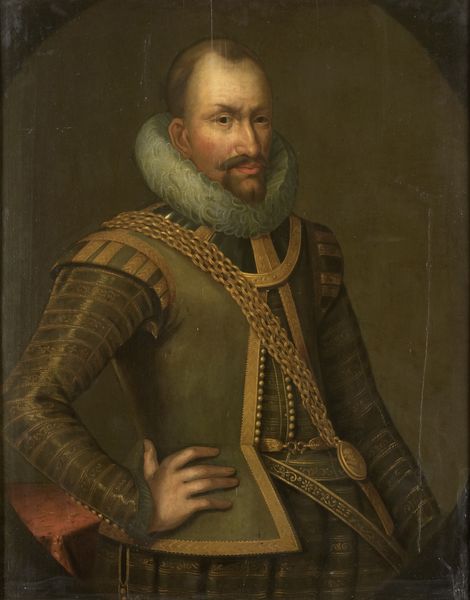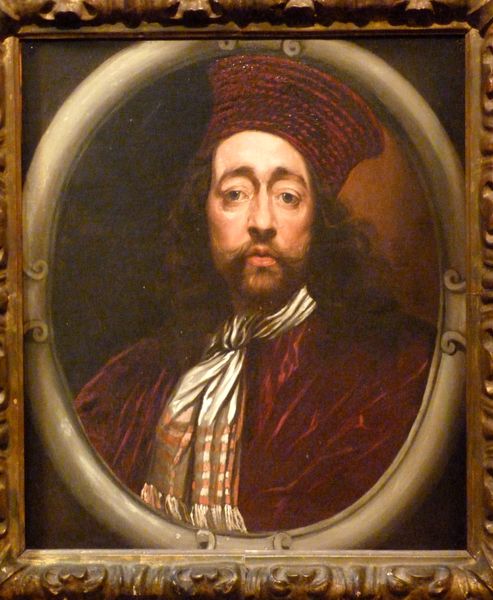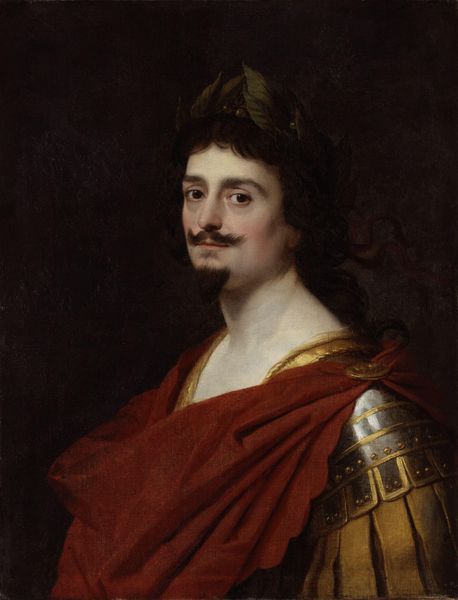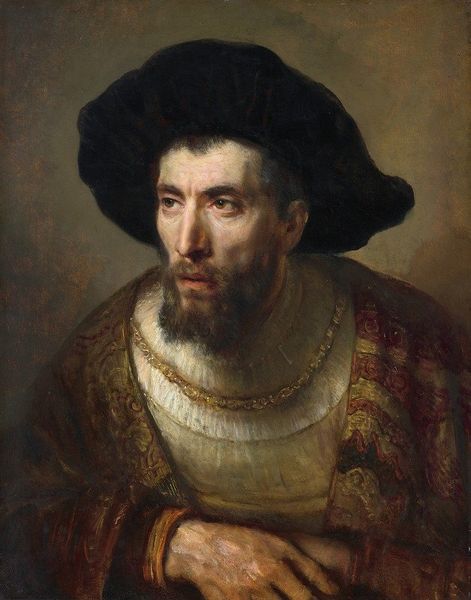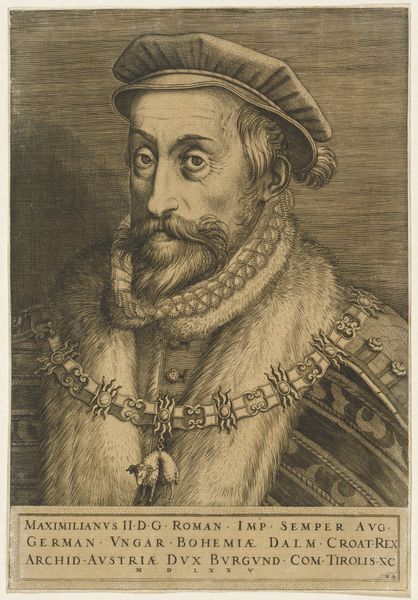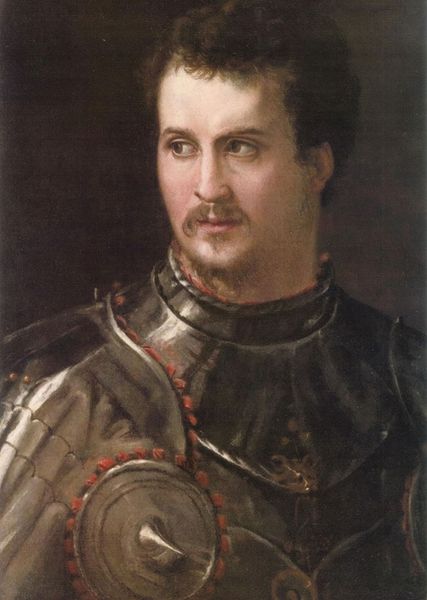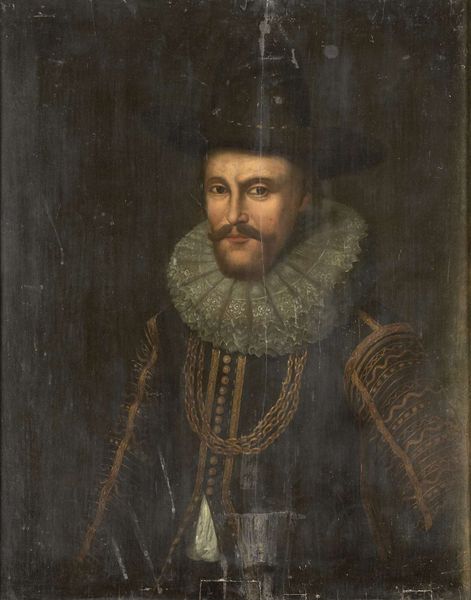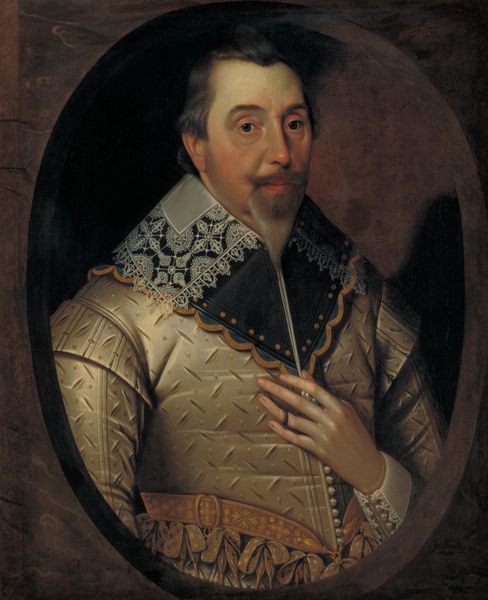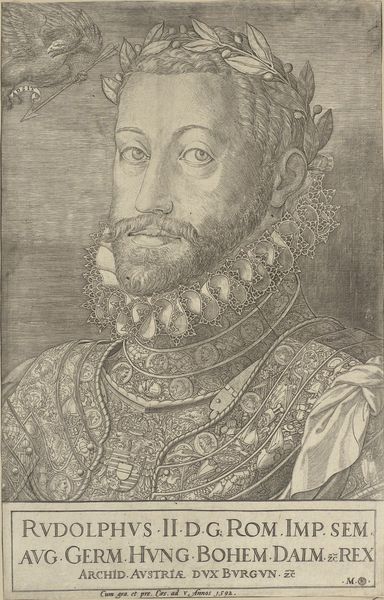
painting, oil-paint
#
portrait
#
baroque
#
dutch-golden-age
#
painting
#
oil-paint
#
portrait art
Copyright: Public domain
Jan Lievens created this oil on panel painting, *Young Man with a Red Beret*, in the Netherlands, sometime in the first half of the 17th century. The sitter's rich clothing, lace collar, and beret would have been identifiably stylish, and thus communicated the sitter's social status. Consider how the image is staged: the dark background, the raking light, the three-quarter view. Together, these choices create a powerful sense of intimacy, as though we have been granted access to a private moment of reflection. It is likely that Lievens was influenced by the founding of the Dutch Republic, which had occurred only a few decades earlier. This new nation was committed to values of civic humanism, and so portraiture became an important means of expressing those ideas. To fully appreciate this artwork, we need to consider the social conditions that made it possible. Research into 17th-century Dutch fashion, civic humanism, and the art market are all useful starting points. By doing so, we can gain a better understanding of the complex interplay between art and society.
Comments
No comments
Be the first to comment and join the conversation on the ultimate creative platform.
